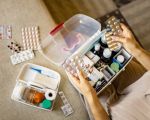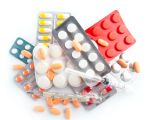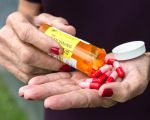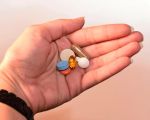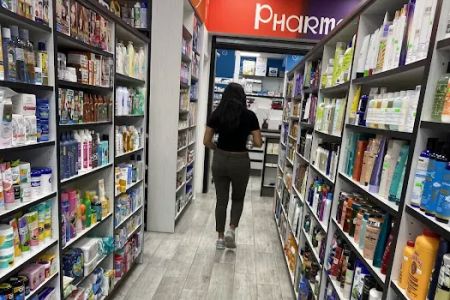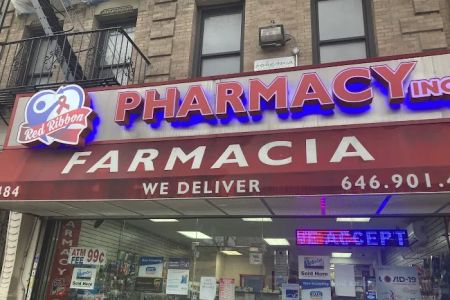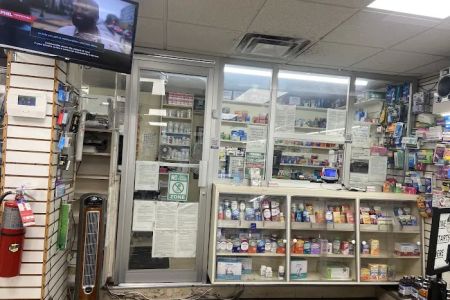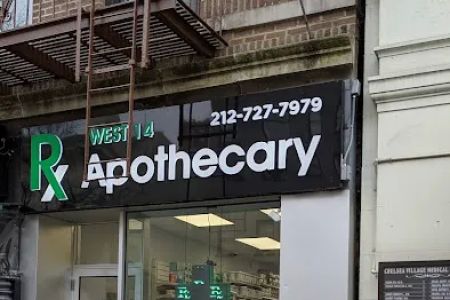How to Identify Mislabeled Prescription Drugs and Protect Your Health
We all trust the medication we receive from pharmacies to be accurately labeled and safe for use, but sometimes, even with the best systems in place, mistakes can happen. Mislabeled prescription drugs can cause serious health issues, leading to adverse reactions, ineffective treatment, or even life-threatening consequences. In this article, I'll walk you through how to identify mislabeled prescription drugs, what to look for, and how to take action if you suspect your medication has been mislabeled.
1. Understanding the Importance of Accurate Prescription Labels
Prescription labels are not just a formality – they are a vital piece of information. A correctly labeled prescription contains key details such as the drug name, dosage, frequency, and potential side effects. If any of these details are wrong, it can result in the wrong medication being taken, incorrect dosage, or missed instructions, all of which can put your health at risk.
For example, if you're prescribed a medication for high blood pressure and the label is incorrect, you might accidentally take a medication for another condition, leading to ineffective treatment or a dangerous drug interaction. This highlights just how important it is to verify the accuracy of your prescription label.
2. Common Signs of Mislabeled Prescription Drugs
While the pharmaceutical industry works hard to ensure medications are labeled accurately, there are still instances where errors happen. Here are a few common signs that your prescription drug might be mislabeled:
- Wrong Drug Name: Always double-check the name of the medication on the label. If it differs from what was prescribed or looks unfamiliar, it's a red flag.
- Incorrect Dosage: Compare the dosage on the bottle with your doctor’s instructions. A mismatch could indicate a mistake in labeling.
- Wrong Medication Form: Check if the form of the drug (pill, liquid, topical, etc.) matches what your doctor prescribed. For example, you might receive a pill instead of a liquid, which could impact your ability to take the medication properly.
- Missing Instructions: If your prescription lacks essential instructions such as when to take it or how to store it, or if the instructions are unclear, it could be a sign of a mislabeled drug.
3. How to Verify Your Prescription Medication
When you pick up your prescription, it’s essential to double-check the label and packaging. Here are some steps you can take to ensure your medication is correctly labeled:
- Review the Label Thoroughly: Check the drug name, dosage, and frequency against your doctor’s prescription. Ensure the medication looks the same as the one you are familiar with.
- Consult Your Pharmacist: If something looks off, don’t hesitate to ask your pharmacist to verify the medication. Pharmacists are well-trained to spot errors and can help ensure you have the correct drug.
- Use a Medication Database: Websites like Drugs.com or Pillbox allow you to verify what your medication should look like. Compare the pill or packaging you received with the online images to confirm that it matches the prescription.
- Cross-Check with Your Doctor: If you have any doubts, contact your doctor directly to confirm the medication and dosage.
4. What to Do If You Suspect a Mislabeled Drug
If you believe your prescription has been mislabeled, it’s important to act immediately. Here are steps you can take:
- Contact Your Pharmacist: Return to the pharmacy where you received your medication and explain your concerns. Most pharmacies will offer to correct the mistake and provide you with the correct medication.
- Report the Incident: If you suspect an error, report it to the Food and Drug Administration (FDA) via the MedWatch program or your state’s pharmacy board. Reporting helps prevent similar issues from occurring in the future.
- Seek Medical Advice: If you’ve already taken the medication and are experiencing side effects or symptoms of an incorrect drug, contact your doctor or emergency services immediately.
5. Preventative Measures to Avoid Mislabeled Prescription Drugs
Although mistakes can happen, there are several preventative measures you can take to reduce the risk of receiving a mislabeled prescription:
- Always Fill Your Prescriptions at Trusted Pharmacies: Choosing a reputable pharmacy with a good track record of accuracy can reduce the chances of receiving a mislabeled drug.
- Keep Track of Your Medication: Maintain a list of all your prescribed medications, dosages, and instructions. This will help you spot discrepancies if they arise.
- Use Pill Organizers: These organizers can help you keep track of your medication, ensuring that you take the correct dose at the right time and preventing accidental mix-ups.
By taking these precautions and staying vigilant, you can help prevent the health risks associated with mislabeled prescription drugs.
At Pharmacy, we care about your health and safety. If you ever have concerns about your prescription medications, don’t hesitate to reach out to us for support. We offer reliable and safe services to ensure that you get the right medication every time.




